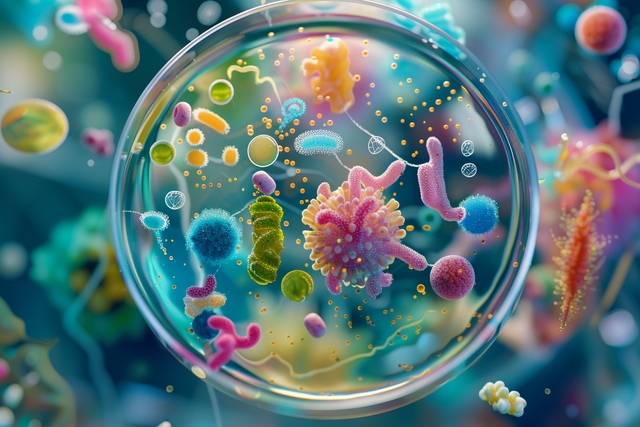Scientists witness a historic biological merger, potentially marking a significant evolutionary advancement reminiscent of events that brought mitochondria and chloroplasts to life.
In a stunning scientific revelation, researchers have observed an exceptionally rare event where two distinct lifeforms have merged in a process known as primary endosymbiosis. This phenomenon, which has occurred only twice in Earth’s history, is now potentially happening for a third time, signalling a major evolutionary leap.
Primary endosymbiosis is a complex biological process where one microbial organism engulfs another, eventually integrating the latter as a part of itself, akin to an internal organ. This integration transforms the engulfed organism into an organelle, providing the host with essential functions, such as energy production or nutrient synthesis.
Historically, this process has been pivotal in the evolution of life on Earth. Approximately 2.2 billion years ago, the first known primary endosymbiosis event led to the creation of mitochondria, when an archaea absorbed a bacterium. Mitochondria, often described as the powerhouse of the cell, are crucial for energy production in almost all eukaryotic cells.
Embed from Getty ImagesThe second occurrence of this phenomenon was around 1.6 billion years ago, involving the absorption of a cyanobacterium by another cell. This event gave rise to chloroplasts, the organelles responsible for photosynthesis in plants, fundamentally altering Earth’s atmosphere and paving the way for terrestrial plant life.
The current observed event involves the algae Braarudosphaera bigelowii, which appears to have absorbed a type of cyanobacterium capable of fixing nitrogen directly from the air. This capability is significant because it allows the algae to synthesize vital compounds independently, a trait that could lead to profound ecological impacts.
Traditionally, plants and some algae types have relied on symbiotic relationships with nitrogen-fixing bacteria to obtain necessary nutrients. The merging of Braarudosphaera Bigelow with the cyanobacterium, however, suggests a more integrated and possibly permanent biological union, surpassing typical symbiotic relationships.
The implications of this discovery are vast. If confirmed, this event could be considered the third major instance of primary endosymbiosis, potentially leading to new forms of life or biological capabilities. Jonathan Zehr, one of the study’s lead researchers, noted the consistency in size ratio between the algae and the cyanobacterium across different specimens, hinting at a shared metabolic relationship similar to that seen in established organelles like mitochondria and chloroplasts.
This groundbreaking observation could redefine our understanding of evolutionary biology and the potential for complex life forms to emerge through symbiotic relationships. Scientists are now keenly investigating the long-term implications of this event, which could herald new insights into life’s adaptability and evolution.
